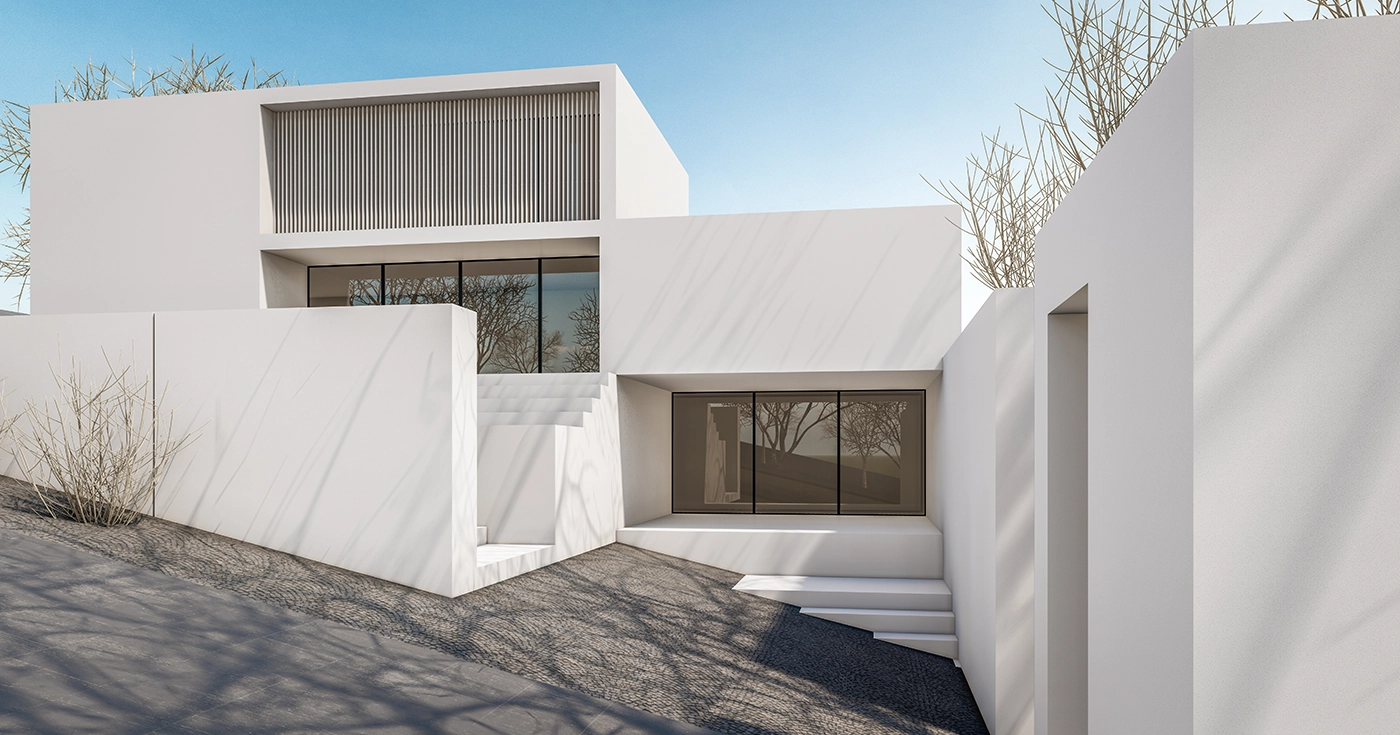
New housing developments: Is everything being sold?
Last Updated on 22 April 2025 by Equipo Urbanitae
The new residential construction market in Spain has changed in recent years. Its growth is increasing, but still insufficient in relation to the number of households being created. The INE recorded 135,052 brand-new home sales in 2024, which represents one of the best sales figures for these assets in the last decade.
In addition, during this period, the number of homes under construction according to Tinsa data increased by 16.7%, although unevenly at the geographical level. This dynamism is not enough to meet current demand concentrated in areas with high economic activity such as Madrid or Barcelona, and in others where tourism is an additional factor, such as Málaga, Valencia, Alicante, or the Balearic Islands, among others.
The Bank of Spain estimates that around 600,000 homes are needed in Spain to meet the current needs of new households. María Matos, Director of Research at Fotocasa, explains that “there is a very large shortage of new developments compared to the demand, which is extremely high.” She also adds that “land prices are also high and face other obstacles such as excessive bureaucracy, or the increased cost of materials since the pandemic.” This underproduction of housing creates a bottleneck for buyers.
Purchase effort
As reflected in Tinsa’s analysis, this context inevitably affects the average price of new homes, which stands at 2,528 euros per square meter. Figures that considerably exceed the cost of second-hand homes, at 1,750 euros.
According to the latest study by the appraisal firm, in the case of new developments, Spaniards allocate almost half of their income to mortgage payments, specifically 49%. The percentage is far from what is required for second-hand homes, which amounts to 36%. Nevertheless, despite the effort it entails for average families to access this type of asset, the organization emphasizes that almost all newly built homes are sold.
Boom of the premium segment in the new residential sector
The market situation also results in a change in the profile of those seeking new-build properties. Now it is “profiles with greater purchasing power, such as high-income earners, foreigners, and legal entities” who are most interested, says Cristina Arias, Director of Research at Tinsa.
And, despite the rise in prices of these properties, the real estate agency Spain Sotheby’s International Realty estimates a 35% increase in luxury home sales for this year. A segment that already accounts for 25% of new developments, and 15% of the total Spanish real estate market.
Premium developments are growing in locations such as the Costa del Sol, the Balearic Islands, or major Spanish cities. Madrid, specifically, has established itself as one of the most attractive destinations for luxury real estate investment in Europe, with a 10% increase in price compared to the previous year, only behind London and Paris.
A trend that crosses borders, as revealed by Paolo Giabardo, CEO of LuxuryEstate.com in statements to THE OBJECTIVE, who states that “the Spanish market’s capacity to generate long-term value appreciation has also fueled foreign interest.” Likewise, he shows optimism about the future of this market in Spain, pointing out that the country “will continue to demonstrate its strength and international appeal, reinforcing its status as a main destination not only for property acquisition, but also for investments with true value and future potential.”
The future of new developments currently has a clear protagonist. The Trinity Report, prepared by the developers’ association Asprima, indicates that in the coming years, Madrid will become the main driving hub with more than 30 urban development operations and the capacity to build 278,000 homes.

